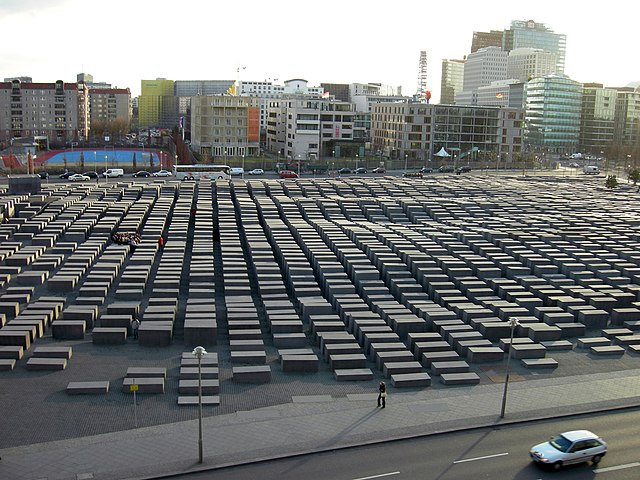Republic of German-Austria
The Republic of German-Austria was an unrecognised state that was created following World War I as an initial rump state for areas with a predominantly German-speaking and ethnic German population within what had been the Austro-Hungarian Empire, with plans for eventual unification with Germany. The territories covered an area of 118,311 km2 (45,680 sq mi), with 10.4 million inhabitants.
Austro-Hungarian postal stamp used in German-Austria
One-krone banknote, overprinted with the name Deutschösterreich ("German-Austria")
Germans are the natives or inhabitants of Germany, or sometimes more broadly any people who are of German descent or native speakers of the German language. The constitution of Germany, implemented in 1949 following the end of World War II, defines a German as a German citizen. During the 19th and much of the 20th century, discussions on German identity were dominated by concepts of a common language, culture, descent, and history. Today, the German language is widely seen as the primary, though not exclusive, criterion of German identity. Estimates on the total number of Germans in the world range from 100 to 150 million, most of whom live in Germany.
The Holy Roman Empire in 972 (red line) and 1035 (red dots) with the Kingdom of Germany, including Lotharingia, marked in blue
Victims of the Holocaust in a mass grave at Bergen-Belsen concentration camp
Germans expelled from Poland in 1948
A Memorial to the Murdered Jews of Europe in Berlin; remembering the Holocaust is an essential part of modern German culture.






